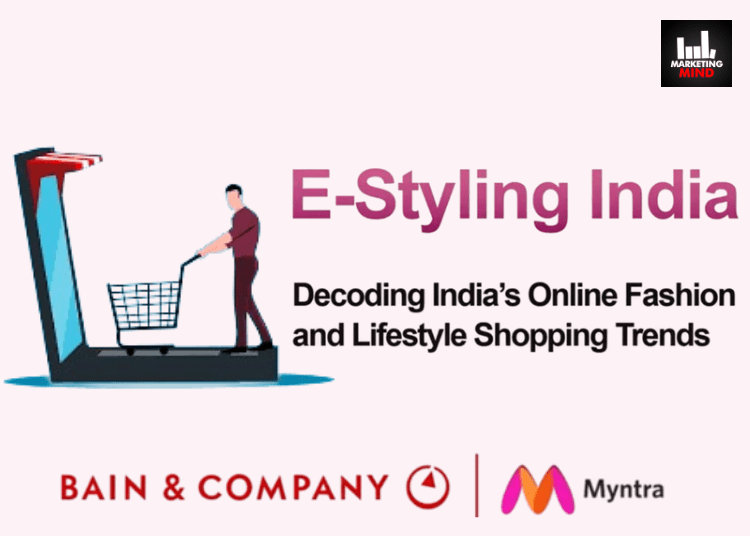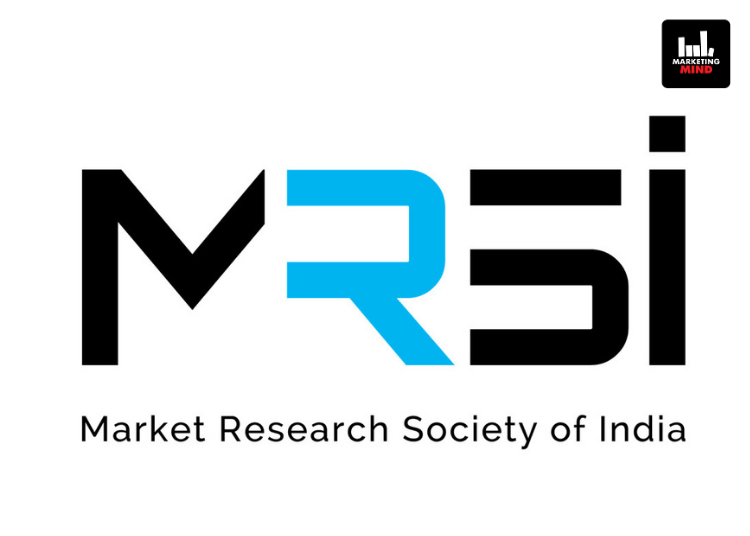Up from its current valuation of $130 billion, the Indian lifestyle market which is hugely dominated by Fashion (approximately 80%) followed by Beauty and Personal Care is expected to grow at a CAGR of 10-12% and reach $210 billion in the next five years according to Bain & Company and Myntra’s latest study.
Of the country’s lifestyle market growth which is largely driven by the organised segment, it is the e-lifestyle market which is further projected to grow at 20%–25% YoY to become a $40-45 billion industry segment in 2028 with regards to 2023 wherein it is valuated at $16–$17 billion.
As per the study, titled- ‘E-Styling India: Decoding Online Fashion and Lifestyle Shopping Trends‘, this growth will be enabled by the easing of short-term inflationary pressures, combined with structural and favourable demand shifts, such as rise in income, growth of fashion forward, digital native Gen-Z shopper base as well as an increase in demand for organized/ branded products.
Additionally, it also points out that the industry segment will be subjected to tailwinds from superior customer value propositions of trendy selection, faster delivery, easier returns, tech enabled purchase journey, social media powered discovery and omni-access.
The two together will come to bridge the massive penetration headroom versus global markets such as the US, China and Germany which enjoy an over 35% e-lifestyle penetration as against India where the same stands 13% currently and is expected to go up to 18%–22% over 2023–28.
Currently, e-lifestyle is dominated by fashion, comprising about 75% of the market, and accessories and women’s apparel are expected to grow faster than other fashion segments. Beauty and personal care (BPC) has become more mainstream with about 16% penetration in 2023 and is expected to grow slightly faster over the next five years.
Another prominent trend driven by online platforms is the rise of the trend-first fashion market in India which with its large width of assortment and faster refresh cycles is expected to grow eightfold, reaching $4-5 billion by 2028, leading the online share of trend-first fashion to increase to 50%–55%, up from the current 30%–35%.
The study reveals that in 2023, more than 175 million customers across India shopped for lifestyle online, transacting 6-7 times annually on average and that for 40%-45% first-time e-commerce shoppers, lifestyle is the first purchase. These online shoppers are visiting more platforms more oftenly now and completing purchases over a shorter duration.
Delving further into the dynamics of the same, the study highlights that deeply entrenched shoppers (those who spend more than Rs 50,000 annually on a platform), visit their preferred platform at least once a day on average, and purchase over 25 times per annum versus the market average of 6–7. However, it is the 60 million GenZ shopper base which transacts more frequently but spends lower per order and yet accounts for 25% of the e-lifestyle market, at $4 billion e-lifestyle GMV. In fact, new-age insurgent brands have seen 2X higher adoption among GenZ.
That being said, in order to win GenZ, the study also highlights how critical it is for brands to cater to their needs and preferences by offering an affordable and trendy assortment, highlighting authenticity in brand positioning, tech-led shopper journeys, and active influencer endorsements.
This has created opportunities for India manufacturing evident in the growing share of India assortment for global brands. Enabled by enhanced manufacturing capabilities of not just cotton but also technical textiles, brands working closely with the manufacturers for faster GTM, and controlled cost and agility and greater role of tech in sourcing is bolstering India’s position as a fashion sourcing destination for brands.
Did you know that 90% of the top 50 global brands are already present in India and half of these brands have over $30 million in revenue from India operations?
The confidence of top global brands in India as a core market is underscored by the launch or planned launch of over 60 global brands in the last one year spanning across scale, niche, luxury and new age brands across fashion and beauty.
“A deeper look at distinct, high-growth brands point to a common playbook to scale online sales in India. First, a relevant and differentiated customer proposition across selection, value and service experience; second, a well-oiled sourcing engine. And lastly, an ability to build a strong brand through targeted social media and online campaigns. In addition, for global brands, an empowered for India org and association for seamless go-to-market are critical enablers of growth,” the study suggests.
Commenting on the launch of the study, Shyam Unnikrishnan, Partner, Bain & Company, said, “India’s e-lifestyle market has come of age in the last few years, with a diverse shopper base – 2 in 3 online shoppers are from beyond top 50 cities, 1 in 2 are from non-affluent segments, and 1 in 3 are Gen-Z. There still exists massive penetration headroom. 1 in 5 dollars spent on lifestyle will be online.”
Adding to this, Nandita Sinha, CEO, Myntra, added, “Three in five global brands have entered India via the online channel in the past year and we are proud to have contributed to the launch of some of these global brands in the country. A well-rounded and high-decibel launch, facilitating easier discovery, access to intel about the needs of Indian fashion-forward consumers and Myntra’s reach to 99% of serviceable pin codes are among the key factors enabling the scale-up of the global brands in the sub-continent.”
















